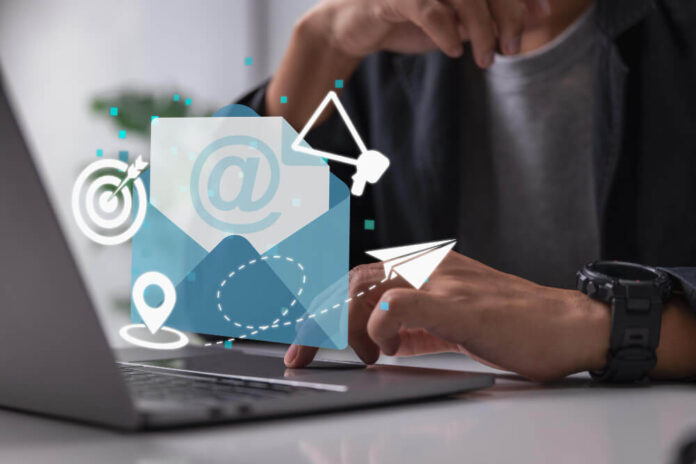Crafting an email is like performing a dance where every step counts, from the greeting to the signature. It’s your digital introduction, where clarity meets courtesy.
A well-crafted email signature isn’t just a formality; it’s a reflection of your professionalism and an invitation for further interaction. That is why it’s important for anyone looking to master the world of email communication needs to know how to add signature in Gmail.
So, in this post, we will be exploring how to elevate your emails, ensuring each one showcases your professionalism and enhances your communication in the professional world.
Professional Email Greeting
Choosing the right greeting in an email might seem small, but it’s quite powerful. It sets the tone and shows respect for the person you’re writing to. Think of your email greeting as the first step in building a connection. It tells the recipient that your message is worth their time.
Use “Dear [Name],” for formal situations or “Hello [Name],” when it’s more casual. The key is to match your greeting to your relationship with the person and the norms of your workplace.
This careful choice helps make your emails clearer and more focused, cutting through the noise of a busy inbox. It’s about making every email count, ensuring it’s easy to read, and respects the recipient’s time.
Email Body: Clarity and Brevity
In the context of crafting the body of a professional email, the principles of clarity and brevity become not just beneficial but essential.
This approach aligns closely with the ethos of deep work and digital minimalism, advocating for a communication style that respects both the sender’s and the recipient’s cognitive bandwidth. The challenge, and indeed the skill, lies in distilling complex ideas into their essence, delivering messages that are both succinct and devoid of ambiguity.
In practice, this means prioritizing directness over unnecessary elaboration. Each sentence should serve a purpose, either advancing the argument or clarifying a point.
This disciplined approach to email composition not only aids in the battle against the ever-present tide of digital information overload but also enhances the overall quality of our professional interactions.
By adopting a mindset that values the recipient’s time as a scarce resource, we foster a culture of communication that is both efficient and respectful.
The Significance of a Proper Closing
In the world of emails, how you end your message is just as important as how you begin it. The closing lines of your email are your final chance to make an impression, to show professionalism and thoughtfulness. It’s not just about following email rules; it’s about reinforcing the bond you’ve built with your reader.
A proper closing does more than just wrap up your email; it leaves a mark of clarity and respect, setting your message apart in a crowded inbox. It’s a way to show you value the recipient’s time and the conversation you’ve had.
Using a free email signature creator isn’t just about convenience; it’s about consistently ending your emails with a touch of professionalism. Your signature is a key part of your digital identity, showcasing your commitment to clear and respectful communication.
So, choosing the right closing and signature isn’t just a final step; it’s a thoughtful choice that reflects your approach to communication. It’s about keeping things clear and meaningful, ensuring your emails not only convey your message but also leave a positive, lasting impression.
Final Note
In the art of professional email writing, every part matters, from your opening hello to your final goodbye. Our journey through email etiquette highlights how crucial clarity, brevity, and respect are in our online exchanges.
Adding a polished email signature, easily created with tools like a free email signature creator, isn’t just about looking professional—it shows we care about details and respect our recipient’s time.
By adopting these practices, we make our digital conversations not just smoother but also more meaningful.
Email writing is more than a routine task; it reflects our professional values, calling for careful thought in every line. It’s about ensuring our messages not only reach the inbox but also resonate with professionalism and a commitment to quality communication.
















